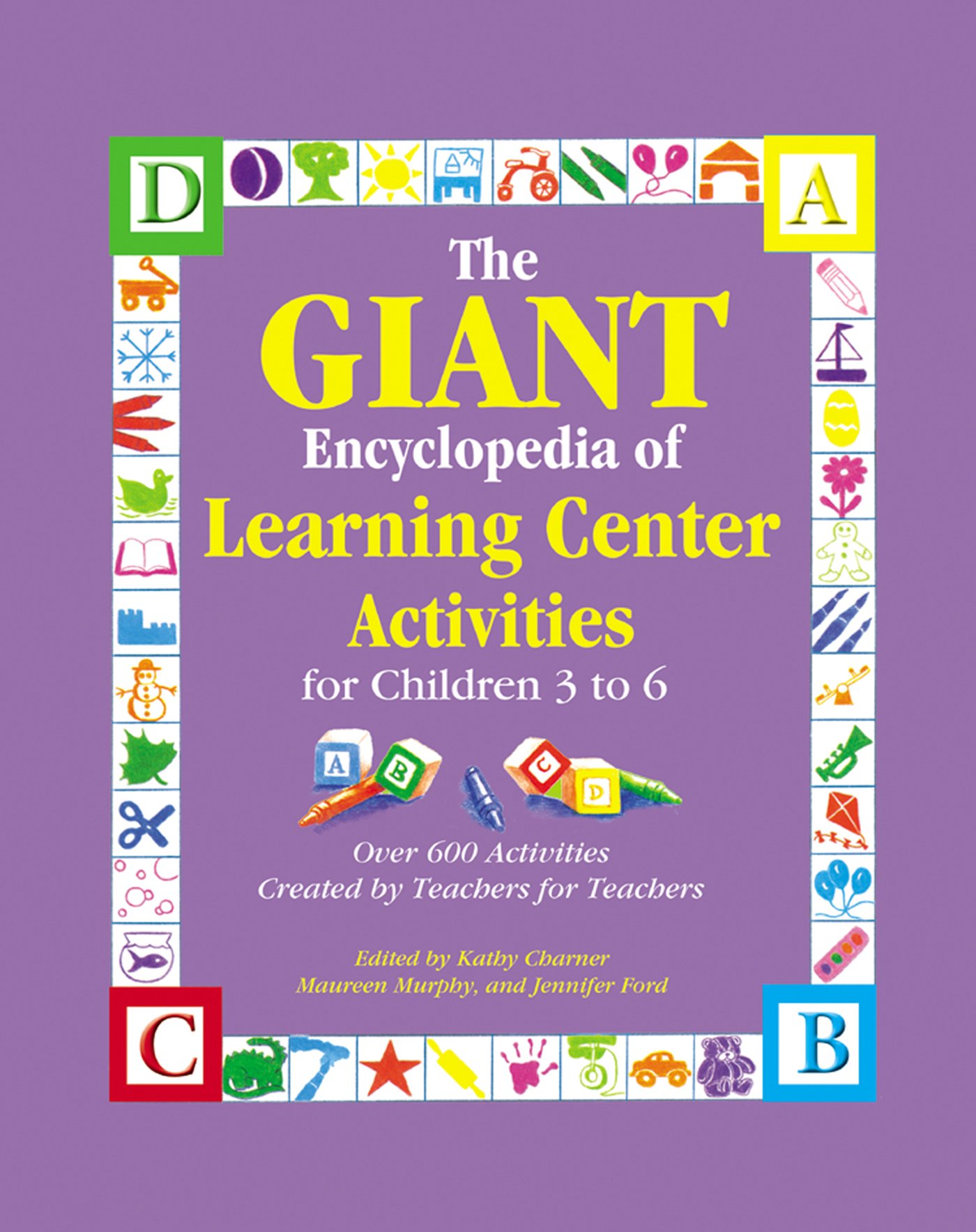Materials
- pictures of animals focusing on a specific, unique body part (for example, an elephant's trunk)
- objects that match the pictured animal's specific body parts (see activity for ideas)
Instructions
- Collect a variety of animal pictures (focusing on specific body parts) and objects that match the body parts. For example:
* anteater's nose vacuum hose
* camel's hump water bottle
* elephant's trunk garden hose
* spider's legs knitting needles
* sheep's wool sweater
* kangaroo pouch baby carrier or pocket
* chameleon crayon/marker
* crab claw nutcracker - Gather a group of six to eight children in the science and nature learning center. Display the objects and pictures. Encourage the children to explore the items.
- Have a brief discussion about how animals are all unique. Ask questions such as, "What is unique or special about a skunk?" "What can a monkey do that a dog cannot do?"
- Ask the children to find match the animal pictures with the objects displayed on the table. They can help each other find matches or work alone.
- When the children have finished finding matches, reconvene in a circle.
- Ask the children to display their matches and take turns describing them. Ask more questions such as "How does the object match the animal in the picture?" "Can you think of other animals that might have the same body part?"
Instructions
1. Explain to the children that pictures are "two-dimensional" because they are
flat, and sculptures are "three-dimensional" because they have three or more
sides.
2. Show the children a picture of a ball or circle, and then a real Styrofoam ball
to illustrate the difference between two-dimensional and three-dimensional
objects.
3. Put all of the materials in the space center.
4. Encourage the children to make "satellite" sculptures of their own design.
